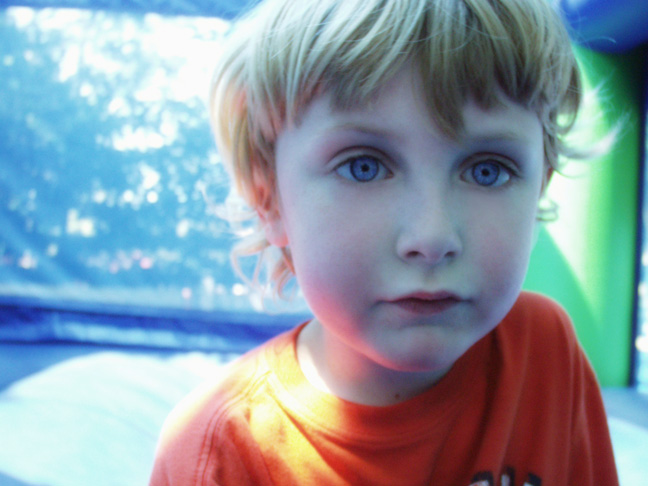There has been a dramatic increase in the number of kids diagnosed with autism in the U.S., according to a new government survey reported by “The Today Show,” on Friday, November 13. New estimates say that 1 in 45 kids has autism, a sharp increase from the previous estimate of 1 in 68 kids. That means that more than two percent of kids in this country have received an autism diagnosis.
The reason for this significant increase is that the Centers for Disease Control changed one key question on its survey, specifically asking parents if a doctor or health care professional had ever told them that their child had Autism, Asperger’s Disorder, Pervasive Development Disorder, or Autism Spectrum Disorder.
“1 in 45 is what we think is the most accurate parental report of autism to date,” said Benjamin Zablotsky, an epidemiologist at the National Center for Health Statistics. Dr. Zablotsky helped lead the study that surveyed 35,000 U.S. households with children aged 3 to 17.
NBC News medical contributor, Natalie Azar, MD, added that new survey methodology is one reason for the rise in autism diagnoses. When the number was 1 in 68, it was because they were getting their numbers from medical records and physician’s offices. “It is a patient report, but it’s also coming from the guidance of what their physician may have asked them.” She adds that the number probably reflects an increase in autism spectrum disorder, but that largely the shift is in the way in which they are capturing their information.
Autism has been on the rise in the last 15 years. According to data from the CDC, the prevalence of Autism Spectrum Disorder was only 1 in 150 in 2000. Compared to the 1 in 45 we face now, it does seem drastic. “It’s a high number and it’s a scary number,” said Michael Rosanoff, director of public health for the advocacy group Autism Speaks. He suggests that this strongly suggests we are under-reporting autism in the U.S., which is becoming an increasingly prevalent topic among families and advocacy groups.
There is a big overlap within the disorder, hence the term Autism Spectrum Disorder (ASD). Symptoms can range from mild to severe, affecting social interactions, communication (both verbal and nonverbal), and a child’s behaviors and interests.
More on Autism:
- How to Talk to Your Child About an Autism Diagnosis
- Sesame Street Introduces New Character with Autism
- Your Age Might Put Your Child at Risk for Autism, Says Science
Photo: Getty
